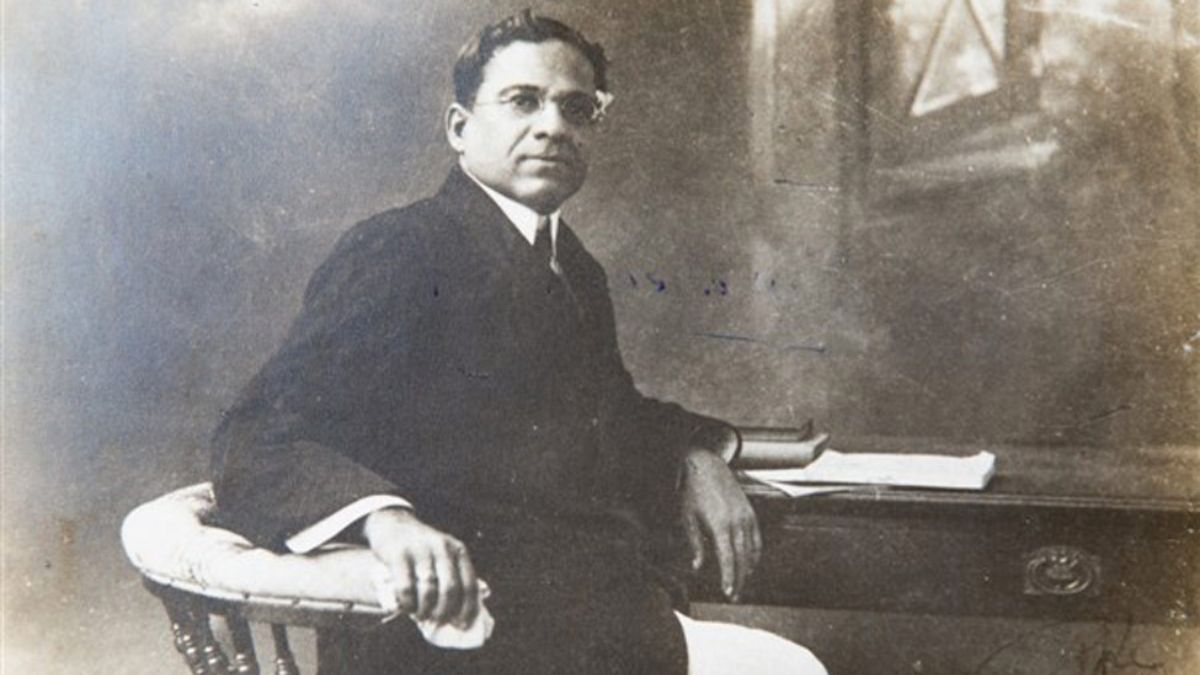Dadasaheb Phalke, the reluctant pioneer of Indian Cinema
 Dadasaheb Phalke
Dadasaheb Phalke
More than a century ago, a man from a small town in Maharashtra watched a foreign film on the life of Jesus Christ and emerged from the theatre with a question that would change Indian culture forever: Why can’t our stories be told on screen too? That man was Dadasaheb Phalke—often called the Father of Indian Cinema—and more than 110 years after he made India’s first feature film, his life is finally being brought to the big screen.
The much-anticipated biopic on Phalke, developed by Aamir Khan and reportedly set to roll in January 2026, has had an unexpectedly bumpy journey. Reportedly, in a recent interview with a tabloid, Phalke’s grandson Chandrashekhar Srikrishna Pusalkar revealed that the script, written by Hindukush Bharadwaj and his son Avishkar after four years of meticulous research, was initially rejected by several producers. “They felt it didn’t have the masala of a mainstream entertainer,” he said. “Nobody was willing to take it on.”
It was filmmaker Rajkumar Hirani who ultimately saw value in telling Phalke’s story. “Mr Hirani said it was our duty to make a film on the man who put Indian cinema on the world map,” Pusalkar shared. “His intention is not to profit from the film but to ensure that people across the globe know who Dadasaheb Phalke was.”
Aamir Khan, who will be portraying Phalke, is known for his immersive preparation and deep commitment to the craft. Pusalkar expressed confidence in the casting: “He does everything with dedication and passion. He will play Dadasaheb with the same sincerity.”
Born in 1870 in the temple town of Trimbak near Nashik, Dhundiraj Govind Phalke trained as a photographer and painter at the Sir J.J. School of Art. He also dabbled in architecture, lithography, and magic—disciplines that would later infuse his cinematic vision with both visual flair and technical innovation.
Phalke’s turning point came in 1910, when he watched The Life of Christ, a silent film screened in Mumbai (then Bombay). Deeply moved, he wondered why Indian mythology and epics could not be similarly visualized. That curiosity led to Raja Harishchandra (1913), India’s first full-length feature film—a silent mythological tale based on a virtuous king from Hindu lore.
Phalke mortgaged his house and travelled to London to learn filmmaking. His wife, Saraswatibai Phalke, not only supported him emotionally and financially, even donating her jewellery to fund the venture, but also worked on the sets, helping with lighting reflectors and editing. “She was truly a silent partner in his pioneering journey,” Pusalkar noted.
Raja Harishchandra was a resounding success and laid the foundation for what would become one of the largest film industries in the world. But Phalke battled scepticism, financial constraints, and even social ridicule. In an era when acting was considered taboo, especially for women, Phalke had to cast a man in the role of the queen.
Despite the obstacles, Phalke went on to make more than 90 films and 26 short features between 1913 and 1937, thereby setting the tone for early Indian cinema.
Yet, by the time sound came into Indian films in the 1930s, Phalke had become a somewhat forgotten figure, overshadowed by newer studios and filmmakers. He died in relative obscurity in 1944.
The upcoming Aamir Khan project is not the only tribute in the works. According to Pusalkar, filmmaker S.S. Rajamouli and actor Jr. NTR are also planning a cinematic rendition of Phalke’s life.
For Pusalkar, this moment is deeply personal. “This is about rozi-roti for thousands today. And it all began with one man’s dream of showing gods and goddesses on screen,” he said.
As the film prepares to go on floors next year, expectations are high—not just for a compelling biopic, but for a revival of interest in the life and philosophy of Dadasaheb Phalke.
Entertainment